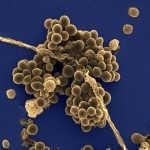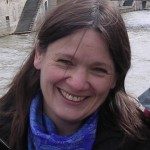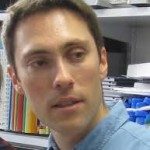Link to Pubmed [PMID] – 12354221
Mol. Microbiol. 2002 Sep;45(6):1499-513
Streptococcus agalactiae is a commensal bacterium colonizing the intestinal tract of a significant proportion of the human population. However, it is also a pathogen which is the leading cause of invasive infections in neonates and causes septicaemia, meningitis and pneumonia. We sequenced the genome of the serogroup III strain NEM316, responsible for a fatal case of septicaemia. The genome is 2 211 485 base pairs long and contains 2118 protein coding genes. Fifty-five per cent of the predicted genes have an ortholog in the Streptococcus pyogenes genome, representing a conserved backbone between these two streptococci. Among the genes in S. agalactiae that lack an ortholog in S. pyogenes, 50% are clustered within 14 islands. These islands contain known and putative virulence genes, mostly encoding surface proteins as well as a number of genes related to mobile elements. Some of these islands could therefore be considered as pathogenicity islands. Compared with other pathogenic streptococci, S. agalactiae shows the unique feature that pathogenicity islands may have an important role in virulence acquisition and in genetic diversity.





